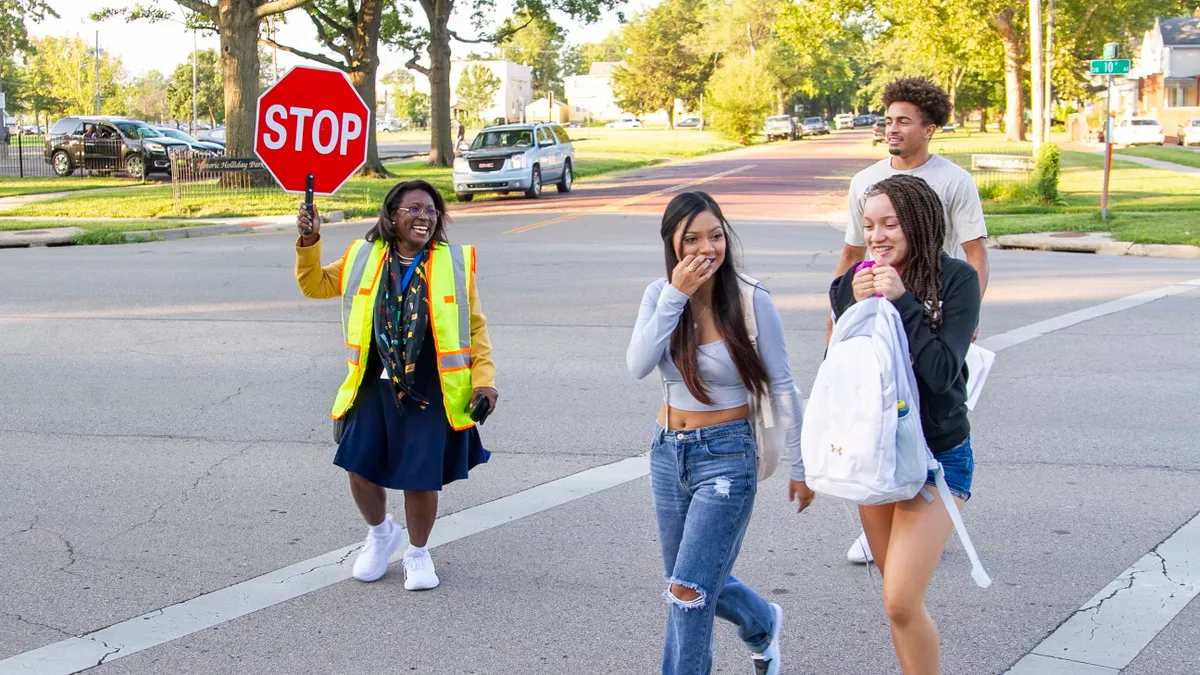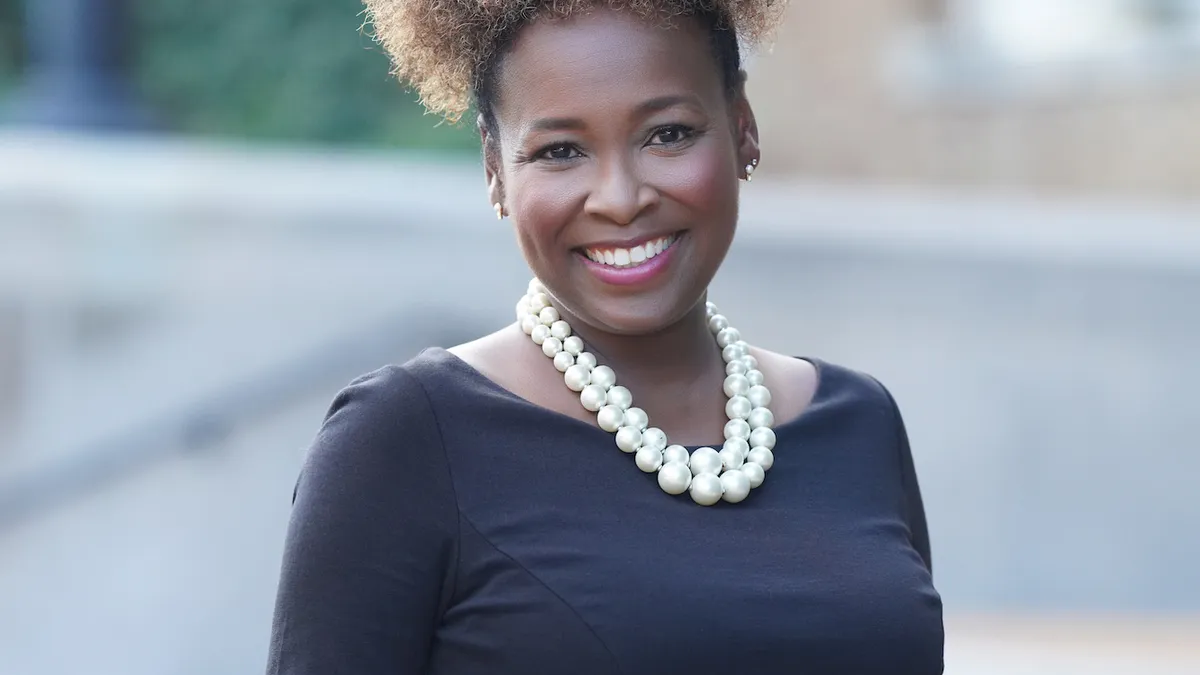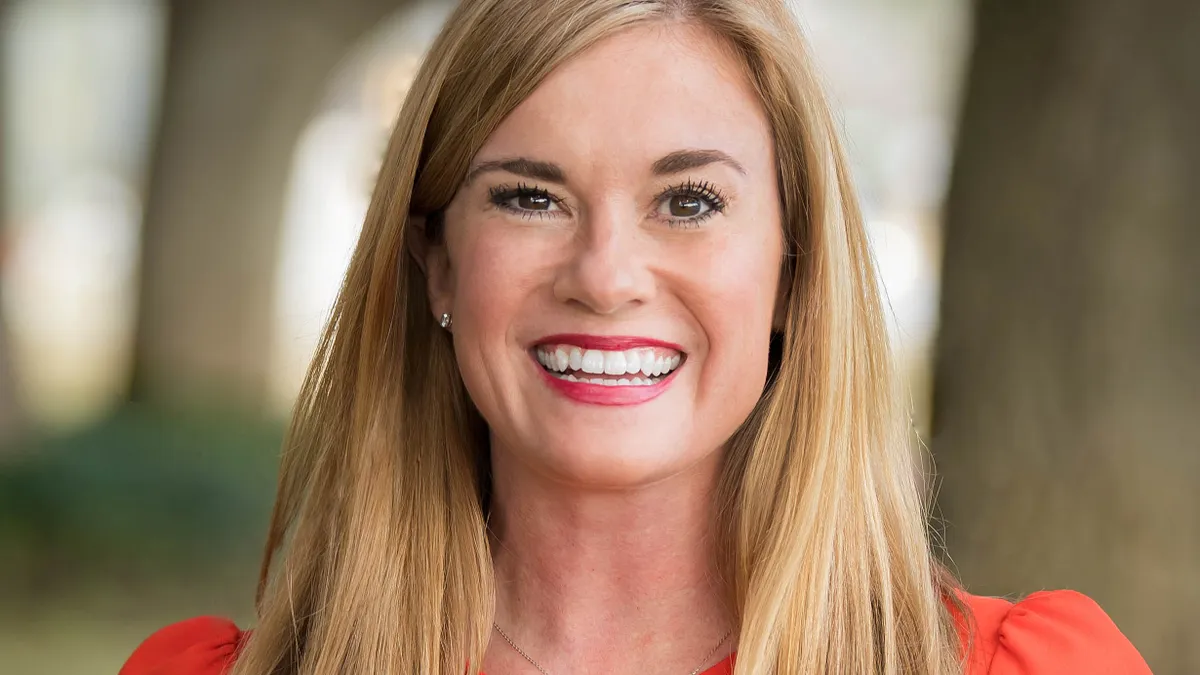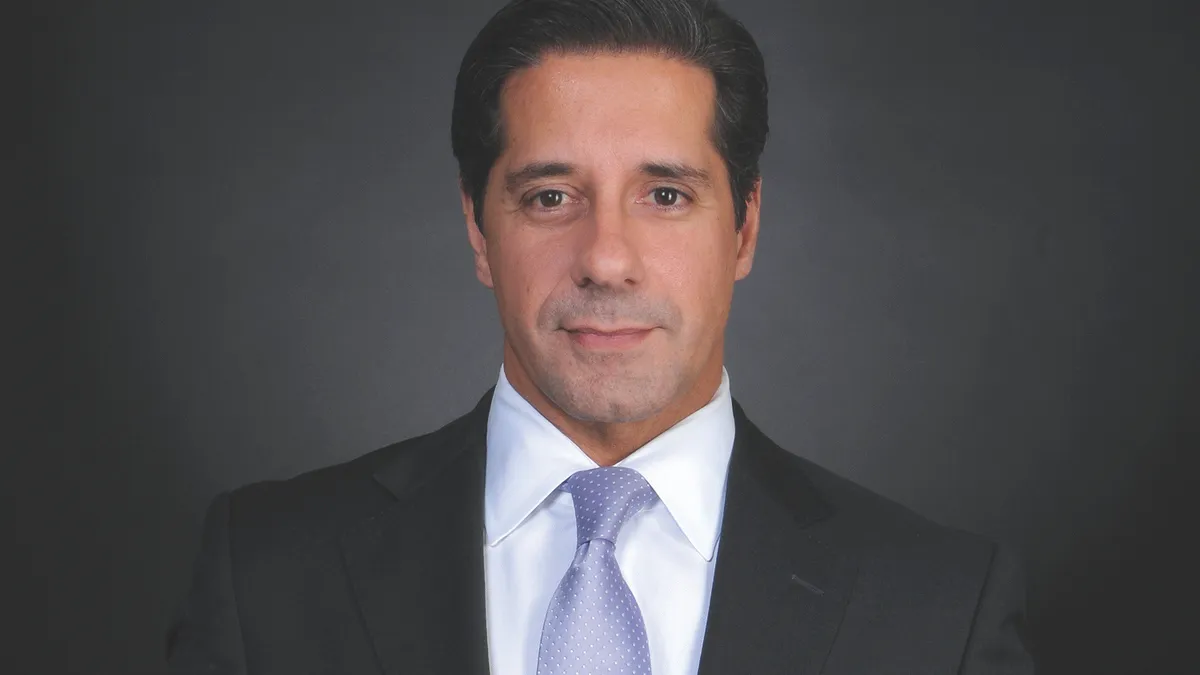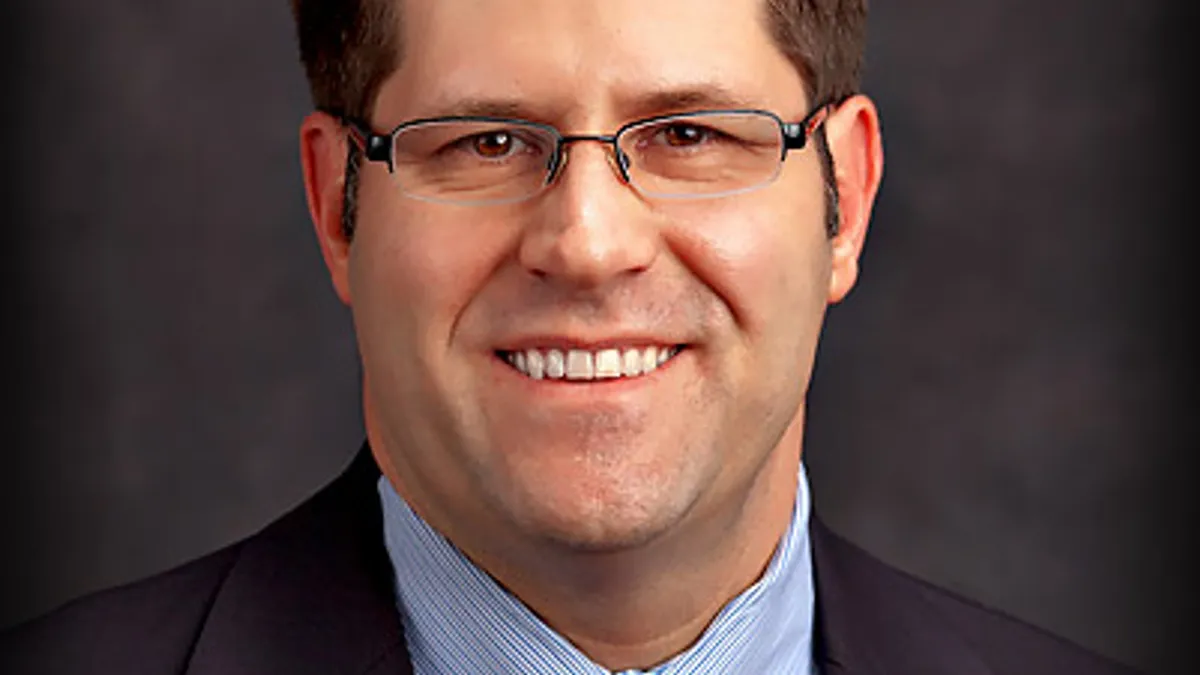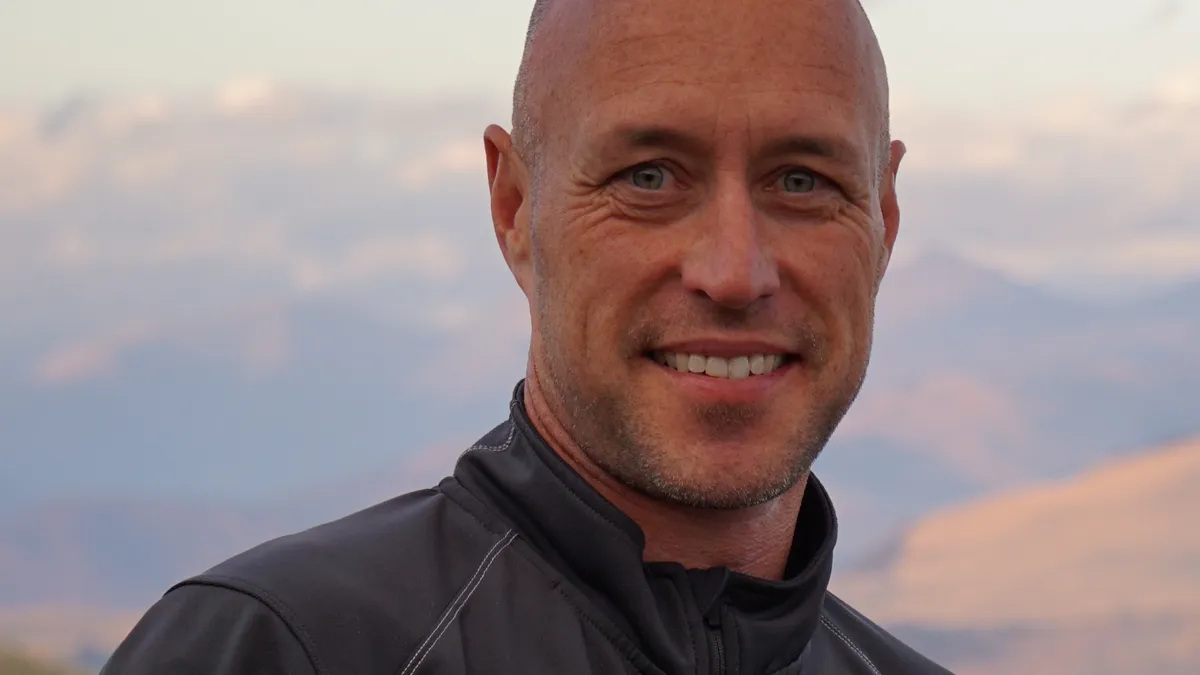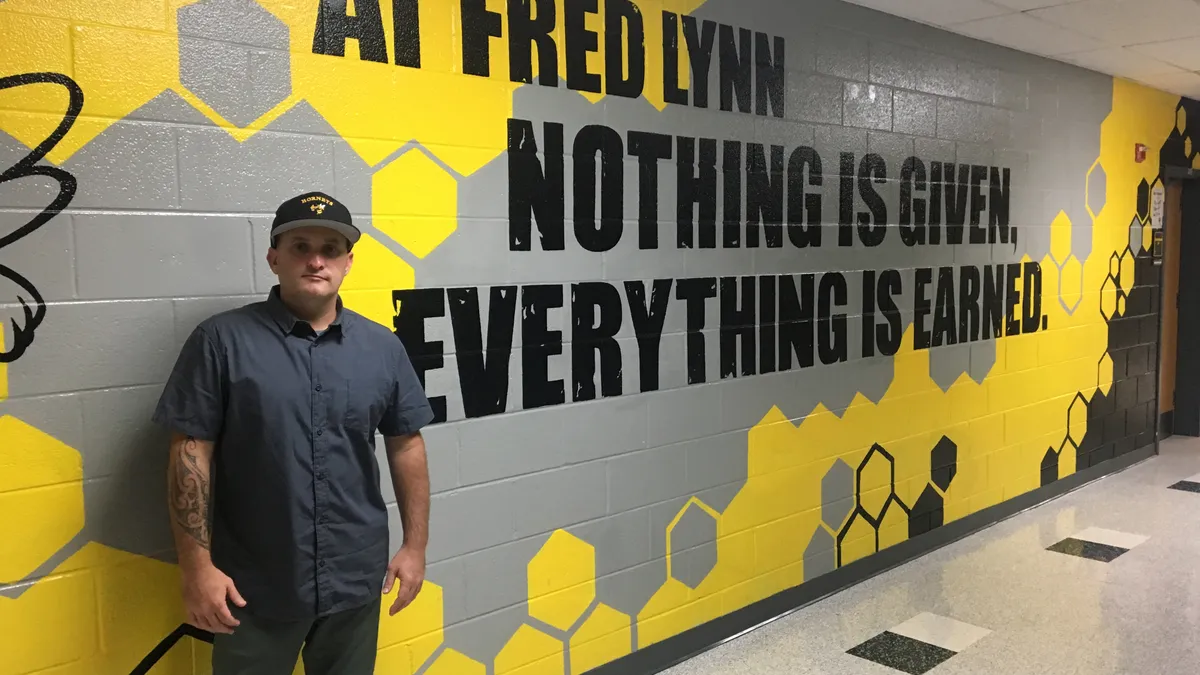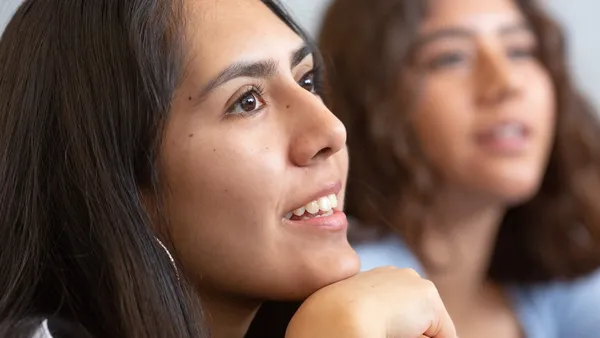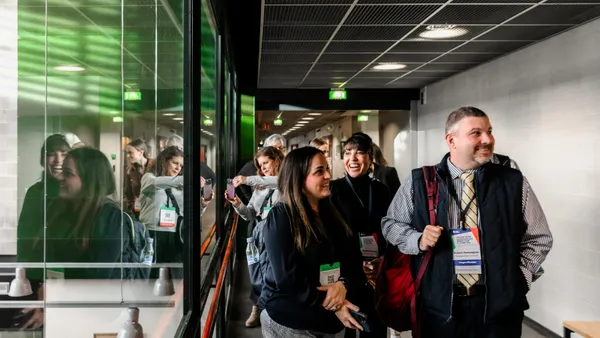Lessons In Leadership is an ongoing series in which K-12 principals and superintendents share their best practices as well as challenges overcome. For more installments, click here.
Located along Lake Michigan in the northern Chicago suburb of Highland Park, North Shore School District 112 has “a little bit of everything,” says Superintendent Michael Lubelfeld.
The district serves just under 4,000 students in grades K-8 across 10 schools. It also has a Latino population at 24%, some 16% of its students are English learners, and 22% are from low-income families.
Last summer, with just about a month to go before the first day of school, the quiet suburb was shaken by a mass shooting that killed seven and wounded dozens more during a Fourth of July parade. Though the tragedy didn’t occur on school grounds, school safety tensions were already high across the nation less than two months after the Robb Elementary School massacre in Uvalde, Texas.
We caught up with Lubelfeld to learn more about how he and other district leaders had to revisit school safety plans to reassure a community on edge.
[Editor’s Note: The following interview has been edited for brevity and clarity.]
K-12 DIVE: In the wake of an event like last July’s Independence Day parade shooting, when it’s both right there in your community and not long after school tragedies like Uvalde elsewhere, how do you reassure your school community?
MICHAEL LUBELFELD: That is a really good and really powerful question. I'll give you a one-word answer, then I'll elaborate if that's okay.
So the one-word answer is “communication” — and I would put that in all caps with like an exclamation point and an underline. We were really shaken to our core. We talk about it as innocence shattered up here, in a real tree-lined, lakeshore community, very proud of arts and culture, and just a pretty sleepy town up here in Highland Park.
The Uvalde massacre woke us up just in general school administrator terms, because we said, “Oh, gosh, we're coming out of COVID. We're gonna start having people back in the schools. Uvalde just happened. Are we on our ‘A’ game in terms of safety and security?”
So before July 4, we asked our board if we could hire a security consultant to do another safety audit. We had done one in 2014, we had done one in 2018, and the Uvalde massacre sparked in us a need. “Hey, maybe we should dust off our protocols and make sure we're still doing everything right.”
So June 14, the last board meeting of the school year, our board hired Paul Timm, a national school safety expert. We were gonna do a cyber audit, we were already realizing we needed to fix some locked doors, and we were talking about protocols.
We ended the school year. We figured it was gonna be a calm, peaceful summer. Everything was going great. COVID protocols were just about behind us. Here in Highland Park, the park district and city of Highland Park jointly run an Independence Day parade that is fun and beautiful and festive and goes down our main street, Central Avenue, and everything's great.
All of a sudden, it's not, and there's a mass shooting. There’s a violent critical incident. There's a masked gunman. And he was not immediately apprehended. The accused shooter was apprehended a couple hours later.
Now you've got six weeks till school starts. There's no catching your breath. It’s, “Now what?” And what we did is we communicated, communicated again, and communicated again. Obviously, we used email. But we also used video, audio, podcasts. We held a couple special board meetings and a regular board meeting. We broadcast some of those, and we just kept communicating.
We had in-person counseling. We had drop-in counseling. We had some chalk art. We had some adult counseling. We had trauma-informed workshops for parents, for teachers, for mental health providers. It was amazing teamwork from the people around me and the people in the community. It was unbelievable. Everyone gathered together, but it was crisis adrenaline action.
How do you navigate pressure for reactive approaches like hardening physical school building security versus more proactive approaches like mental health and social-emotional support to maintain a balance of the two?
LUBELFELD: So, we partner with [school and workplace safety and wellness platform] Navigate 360, and they've got core pillars of school safety and student wellness that we subscribe to, including school culture and climate, physical and online safety, threat detection, prevention, assessment and intervention, emergency preparedness, and incident response data analysis and actionable insights.
And then here in District 112, and probably in almost all districts in Illinois, we follow recommendations from the Illinois Terrorism Task Force Report on School Safety that you may recall started after the Parkland massacre.
We've been at this, sadly, for a while. We have protocols in place for behavioral threat assessment. Obviously, we're going to enhance them and make sure we're up to date. We have hardening of facilities, but we're gonna make sure we do a lot more because we just had Uvalde, we just had Highland Park. It’s necessary.
In terms of response protocol in schools here in Illinois, the Safe2Help Illinois suite of mental health services, including a confidential 24/7 response app and tool and group, came out of the Illinois Terrorism Task Force. So reaffirming and reassuring our community through existing and immediate work in these three areas — behavioral threat assessments, hardening of facilities and response protocol in schools — in addition to our partnership with Navigate 360, in our case.
And finally, we held, in addition to our board meetings, a safety town hall live in-person and live broadcast on video to get access to as many families as we could. And we also did some trauma training in Spanish and English.
On top of easing parents' concerns, how do you ensure student voice is a part of these conversations?
LUBELFELD: Oh my gosh, student voice and staff voice. We did a comprehensive staff survey in July on what were they most concerned about with safety and security. The short answer is we survey staff and we survey students. Our students get a universal screener on mental health at least once a year. We also started partnering with Sown to Grow, where every week, every child checks in emotionally with our staff. So it’s a check-in positive, check-in negative, check-in at-risk, check-in neutral. And we've been using this to make sure we've got our students reaching out to us emotionally and sharing with us how they're feeling in real time.
We also do a student engagement survey to all children in English and Spanish, and we get a sense of where they are in terms of belonging, in terms of safety and security, self-esteem. So we're directly listening to their voice through their agency, and it's essential that they do in fact feel safe, and it's essential that they do in fact know what we're doing and understand it.
Because of the increasing politicization of education, there's been a lot of divisiveness in some districts in recent years. How important is it that school leaders really take the time to ensure parents and the broader community understand upfront what exactly the school is and isn’t doing in order to avoid or later address misinformation?
LUBELFELD: Really, I think the key is clear, coherent, concise communication. And I mean that sincerely. I teach that in aspiring superintendent workshops. I teach that in graduate coursework.
What is your point? What is your message? What are you trying to get out? Stay focused.
For example, if you're a superintendent, you don't want to bombard your community with emails, but you need to get a message out if it's going to be on school safety. Stick to a one-subject email. Say “Here is what the district actually does in terms of helping to make sure your students and our staff are safe.” Make it five to 10 clear bullets. Keep it simple. Then redo that communication in whatever languages you know are predominant in your community.
Make sure you also share it if you have any family engagement specialists. Share the message with your own staff to make sure they can get it out in more informal ways.
If you have a formal parent teacher association or parent teacher organization group, share the same messaging with them. Contact your local chamber of commerce, depending on the setting of your school district, or your rotary club or Knights of Columbus.
The point is one email to a mass group isn't going to be sufficient communication. It might be clear. It might be concise. But when I go into coherent, “coherent” means you know your audience and you know how they receive information and you're going to them. So if they use Twitter, use Twitter. If they use LinkedIn, use LinkedIn. If they don't use any social media, do a phone call, a brief message. If they don't wanna look at a message on the phone, then hold an in-person town hall.
My point being, know how people receive information and make sure you communicate 10 times more than you think you should and be proactive to the degree possible. I think really the point is to be proactive.
If you have one piece of advice for other superintendents and school leaders, what would that be?
LUBELFELD: Listen to your community and work with them. And obviously your board of education. But make sure you remember we serve the community, the community does not serve us. We serve the community.













